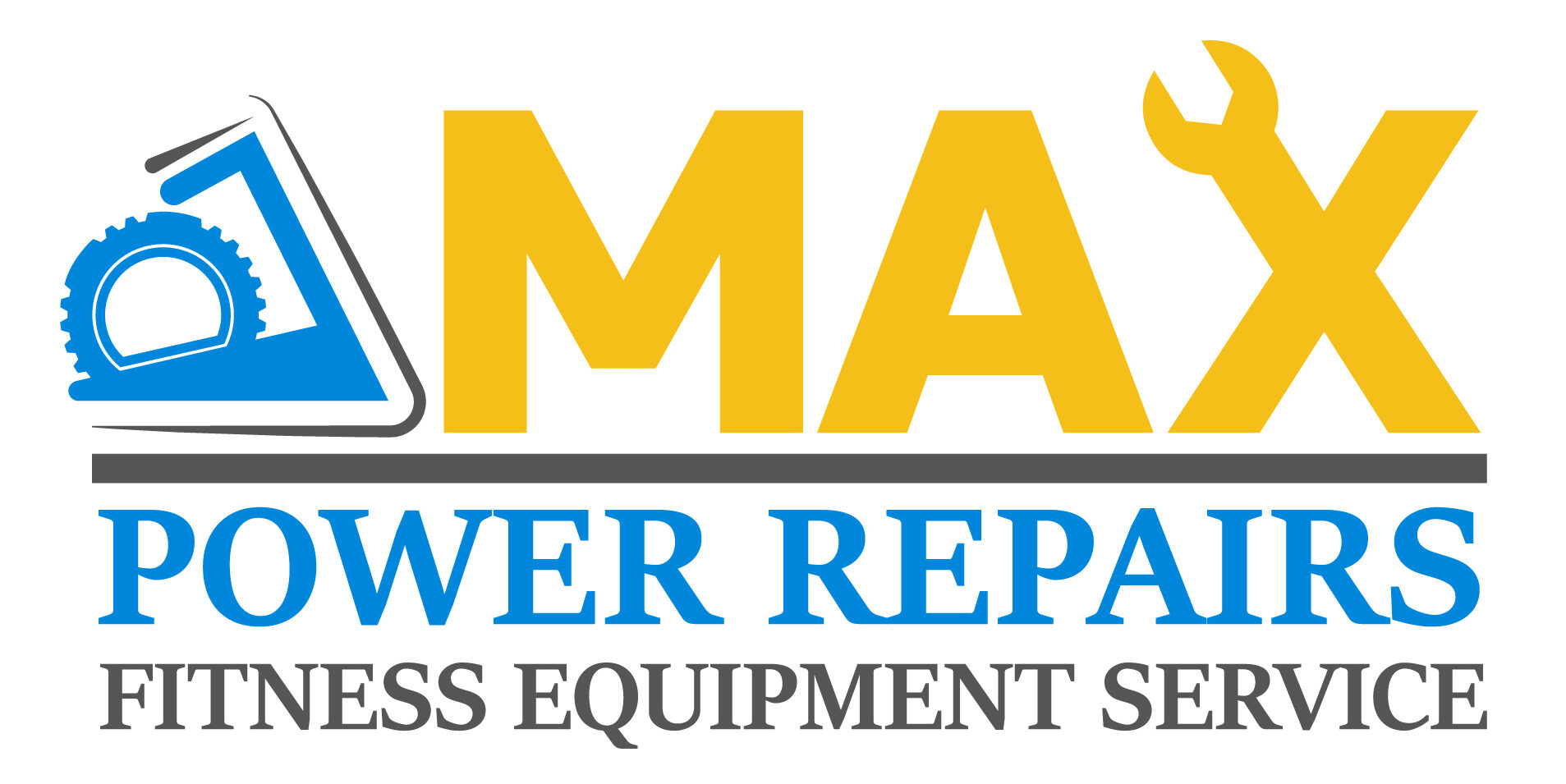Keeping gym equipment in good shape is important for the success of any commercial gym. Regular maintenance ensures the machines are safe and work well for gym members. It also helps prevent bigger problems that can be costly to fix later.
When the equipment is well-maintained, it provides a better workout experience for users. Clean, well-running machines can attract and retain gym members. Overlooking maintenance can lead to breakdowns, which could cause injuries or make clients quit.
In this article, we’ll go over the best ways to take care of gym equipment. Understanding how to maintain machines daily and weekly, recognizing signs of needed repairs, and creating a long-term plan will keep your gym running smoothly. Proper upkeep not only helps save money in the long run but also keeps everyone safe and happy.
Understanding the Importance of Gym Equipment Maintenance
Proper maintenance of gym equipment brings numerous benefits. First, it helps ensure the safety of all users. Machines in good condition are less likely to malfunction, which reduces the risk of accidents and injuries. This makes the gym a safer place for everyone. Keeping equipment in excellent shape also guarantees its peak performance. When machines work smoothly, workouts become more effective, giving gym members a better experience.
Regular maintenance also leads to financial savings. By taking care of gym equipment and addressing minor issues immediately, we can prevent bigger problems that may need costly repairs. This approach avoids sudden downtime, allowing the gym to operate continuously without unexpected breaks. Additionally, equipment that receives regular attention tends to last longer, delaying the need for expensive replacements. These financial advantages highlight why maintaining gym equipment is a smart investment.
Daily and Weekly Maintenance Tasks
Maintaining gym equipment daily and weekly is essential for a well-functioning facility. Here are some key tasks to perform:
Daily Checklist
– Wipe down all surfaces with a disinfectant cloth to remove sweat and dirt.
– Check for any loose or missing parts.
– Ensure all safety features, like emergency stop buttons, are functioning.
– Inspect high-traffic machines for wear and tear.
Weekly Checklist
– Thoroughly clean between and under equipment to remove dust and debris.
– Lubricate moving parts according to manufacturer guidelines.
– Test all machines to ensure they operate smoothly.
– Examine cables for fraying and other signs of wear.
Keeping a clean gym prevents grime from building up, which can cause mechanical issues over time. Regular inspections help spot problems early, preventing them from becoming serious. For instance, if a treadmill belt is slightly misaligned, fixing it immediately is easier and cheaper than dealing with a damaged motor later. Following these maintenance routines ensures gym equipment stays in top shape and ready for use.
Signs Your Equipment Needs Repairs
Identifying the signs that your gym equipment needs repairs is crucial for maintaining a safe workout environment. Common warning signs include unusual noises, jerky movements, and reduced performance. For example, if a treadmill belt sticks or squeaks, it might need realignment or lubrication. Similarly, grinding sounds in bikes or ellipticals can indicate worn-out bearings or other internal issues that require attention.
Paying attention to these signs helps you address problems before they worsen. If you notice any cracking or fraying of cables on weight machines, it’s important to replace them immediately to avoid accidents. Any electrical issues such as malfunctioning displays or overheating components should also be addressed quickly by a professional. Keeping an eye out for these issues can prevent accidents and ensure your equipment remains safe to use.
Creating a Long-Term Maintenance Plan
Having a long-term maintenance plan in place is essential for the longevity and efficiency of your gym equipment. Regular professional inspections should be scheduled at least twice a year. These inspections help catch potential problems early on, saving you money on costly repairs down the line. Professional technicians can also perform more thorough maintenance tasks that go beyond basic daily and weekly routines.
Tracking maintenance activities is another critical part of your plan. Keep a log of all maintenance tasks performed, including the date, type of service, and any parts replaced. This helps you stay on top of your equipment’s upkeep and ensures that nothing is missed. Additionally, consistent record-keeping can provide valuable data for future decisions on equipment purchases and replacements. By following a structured long-term maintenance plan, you can keep your gym running smoothly and efficiently, providing a better experience for your members.
Conclusion
Ensuring the proper installation and maintenance of your gym equipment is key to creating a safe and efficient workout space. By carefully planning the layout, choosing high-quality equipment, and following correct installation techniques, you set a strong foundation for your gym. Regular maintenance routines and a long-term strategy further enhance the performance and longevity of your equipment.
If you’re looking to get the most out of your commercial gym in the Miami area, consider reaching out to Max Power Repairs for expert maintenance and gym machine installation services. Contact us today to ensure your gym equipment remains in top-notch condition, providing a safe and enjoyable environment for all your members.
